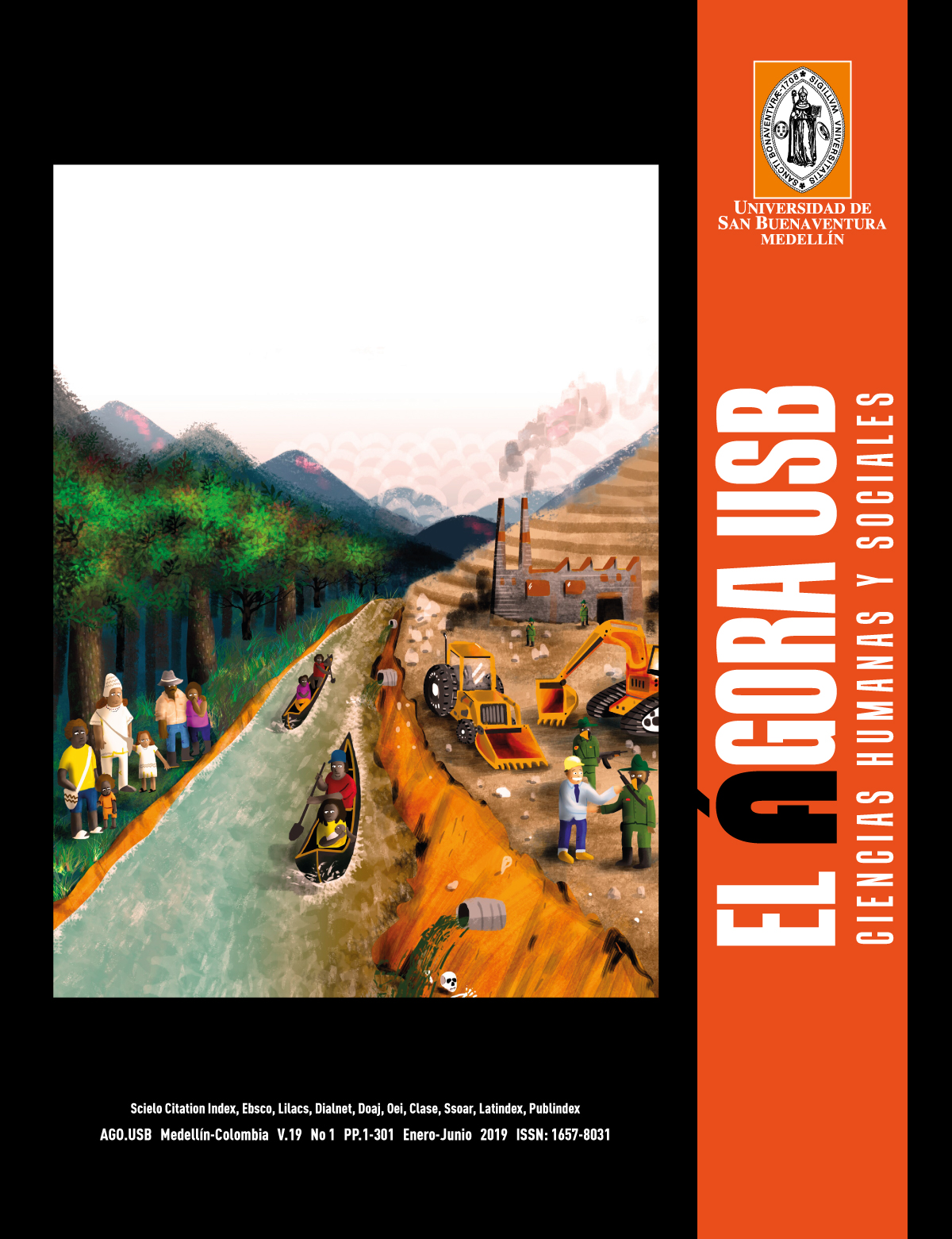The authors are also adhere to the creative commons license 4.0 (https://creativecommons.org/licenses/by-nc-nd/4.0/deed.es)
Attribution - NonCommercial - SinDerivar 4.0 International (CC BY - NC - ND 4.0)
Abstract
In interpreting the Institutional Educational Project (PEI) from the political subjectivity and the collective memory categories of the armed conflict, we find that i) the school, by using the 5 components of the PEI, can do pedagogy of the memory on the dimensions of the armed conflict; ii) the school can re-signify civic acts, by creating pedagogical activities, which bring new senses about country violence, by motivating reflection in educational subjects; iii) an education is possible from the poetic language, like victims’ cry and silence; iv) in the pedagogy of the memory of the armed conflict, the school can foster the union in the educational community around pain and suffering, by enabling an imaginative reprocessing of physical pain to suffering, which becomes a sort of teaching and learning.
Keywords:
References
Bárcenas, F., y Mèlich, J. C. (2003). La mirada excentrica. Una educación desde la miarada de las víctimas. En Mardones. J. M. y Reyes, M. (2003) (eds). La ética ante las víctimas. Barcelona. Antrhopos:
Bárcelona, F., & Mèlich, J., C., (2000). El aprendizaje simbólico del cuerpo. Revista Complutense de Educación, vol. II, n 2, p. 74.
Burgos, N., y Peña, C. (2001). El proyecto educativo institucional. Un puente entre la teroría y la práctica. Buenos Aires: Ediciones Colihue.
Congreso de la República de Colombia. (2014). Ley 1732. Cátedras para la Paz.Recuperadode:http://wsp.presidencia.gov.co/Normativa/Leyes/Documents/LEY%201732%20DEL%2001%20DE%20SEPTIEMBRE%20DE%202014.pdf
Congreso de la República de Colombia. (1994). Decreto 1860. Recuperado de: http://www.mineducacion.gov.co/1621/articles-85906_archivo_pdf.pdf
Congreso de la República de Colombia. (1994). Ley 115, o Ley General de Educación. Recuperado de: http://www.mineducacion.gov.co/1621/articles-85906_archivo_pdf.pdf
Grundy, S. (1998) “Producto o Praxis del Currículum. Madrid: Morata
Frank, A (2 ed) (2016). El Diario de Ana Frank. Colombia: SKLA.
Levi, P. (2000) Los hundidos y los salvados. España:Muchnik Editores
Mèlic, J.C. (2010). Ética de la Compasión: Herder. Barcelona
Mèlich, J., C., y Boixader, A. (coord) (2010). Los márgenes de la moral. Una mirada a la ética a la educación. Barcelona: Grao, p.40
Ministerio de Educación Nacional. (2015b). Decreto 1038. Recuperado dewww.sisga.com.co/DECRETO1038 d.pdf
Mosquera, C. E y Rodríguez, M. N. (2018). Proyecto educativo como fundamento para pensar la subjetividad política desde la cultura escolar. Revista Ágora usb. Vl 18 Nº 1. P. 288-302.




















